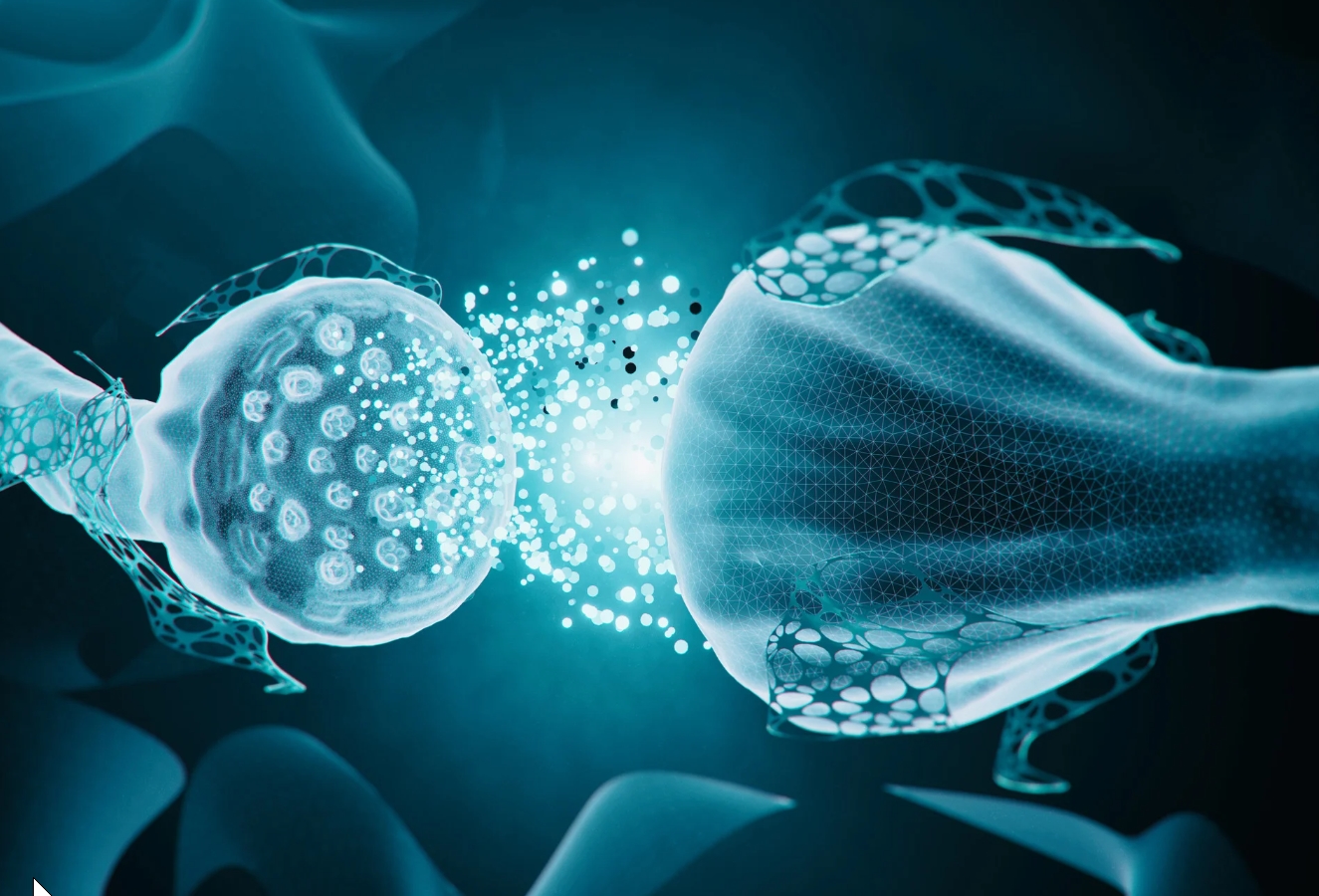Researchers Create Artificial Synapse Using Water and Salt
In a recent study, researchers from Utrecht University in the Netherlands and Sogang University in South Korea have developed artificial neurological junctions called synapses using a mixture of water and salt, the same ingredients used by the human brain. This development brings us closer to creating advanced computers that can mimic the performance and efficiency of the human brain.
What is Artificial synapse?
Artificial synapses are engineered devices that mimic the function of biological synapses, which are the critical junction points between neurons in the brain. Recent research has demonstrated the creation of artificial synapses using water and salt, the same ingredients used by the human brain. These devices, called iontronic memristors, can “remember” the amount of electrical charge that has passed through them, similar to how synapses in the brain adjust their connection strength based on the history of signals. This development brings us closer to creating brain-like computers that are energy-efficient and capable of complex information processing.
About Iontronic Memristor
- The device, called an iontronic memristor, uses water and dissolved salt particles (ions) as its medium
- It measures just 150 by 200 micrometers, about the width of three or four human hairs side-by-side
- The memristor “remembers” the amount of electrical charge that has previously flowed through it
- Electrical impulses cause ions to move through the cone-shaped channel, with variations in charge leading to variations in ion movement
- The change in electrical conductivity can be measured and decoded to understand the input signal, representing a form of memory
Mimicking the Human Brain
- The human brain uses water and dissolved salt particles (ions) to transmit signals within neurons
- Synaptic plasticity, a key feature of the brain, allows neurons to adjust the strength of connections based on input history
- By using the same medium as the brain, the iontronic memristor represents a crucial step towards computers that can mimic the communication patterns of the human brain
Potential for Customization and Scalability
- The length of the channel affects the memory retention duration of the memristor, suggesting that channels could be tailored for specific tasks, similar to the brain
- The new design is relatively quick and cheap to produce, making it scalable for a range of future applications
Combining Theoretical and Experimental Physics
- The study demonstrates how theoretical and experimental physics can be combined to break new scientific ground
- The transition from theoretical conjecture to tangible real-world outcomes resulted in a “wow” factor moment for the researchers
Implications for Future Computing
- Existing artificial synapses capable of processing complex information rely on solid materials
- This study shows that the same feat can be accomplished using water and salt, more closely replicating the brain’s medium
- By following the brain’s blueprint faithfully, researchers hope to achieve the capacity and efficiency of the brain in future computers
As scientists continue to explore this emerging field, we can expect further developments that could revolutionize the way we approach computing and artificial intelligence.
Month: Current Affairs - April, 2024
Category: Science & Technology Current Affairs


